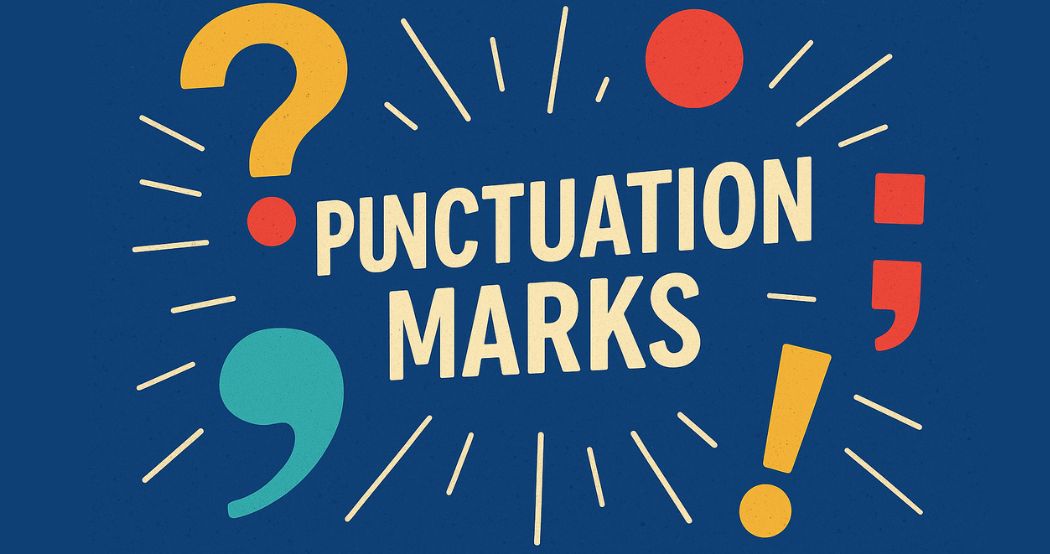Punctuation Marks are the base of written English. If our punctuations are wrong then they can confuse even the most learned people and can lead to wrong message being transmitted. When are the commas to be used? Where do we put semicolons? What are the rules to apply apostrophes and quotation marks? The points below will be very helpful to understand the use of punctuations in English Language.
Comma Rules
Commas indicate the readers that there is a pause in the sentence. It tends to have more rules than any other form of punctuation. The following are the rules:
- Commas should be applied after introductory words and clauses.
- Example: If I see your brother, I’ll call you.
- When three or more things are listed in a sentence, commas should be used between them.
- Example: I would like to have some Apple, Mango, and Watermelon.
- They should also be used between multiple modifiers such as adjectives and adverbs.
- Example: I love this warm, fuzzy, black blanket.
- Commas are used in numbers.
- Example: I have rs. 3,000 in my wallet.
- Commas are used in dates and addresses also.
- Example: Ron shifted in Saint Paul, Minnesota.
- Today’s date is March 26, 2018.
- Commas with Quotations.
- Commas joining two independent Sentences.
- Example: I love dogs, but I also love cats
- Commas are also used to set off nonessential elements.
- Example: My sister, a Spanish teacher, is coming on Christmas to meet us.
Periods
Ending sentences: They are used to end declarative and imperative sentences. Example: The sun rises in the east.
Abbreviations: They are shortened form of words. Example: Mira studies in St. Mary College.
Question Marks
Question Marks are use to end interrogative sentences. This sentence asks a question.
Example: Should I clean the car?
Exclamation Marks
Ending sentences: These marks are used at the end of exclamatory sentences.
Interjections: Either an exclamation or a comma can be used after an interjection.
Example: Yes! Rita won the game!
Semicolons
Semicolons are used to separate two sentences that are closely related. Example: I went to the concert; my friend was the lead singer.
Colons
Introducing List.
Example: I have three hobbies: cooking, reading, and writing
Introducing single items.
Example: After looking for a long time, I finally found it: the most beautiful necklace.
Colon between two complete sentences.
Example: Jim ate a lot of sweets: His teeth started decaying.
Apostrophes
Apostrophes should be used in the following three ways:
- To show possession.
Example:This is mark’s cat. - To show omission.
Example:I can’t stand the smell of raw paint. - To form strange plurals.
Example:Cross the t’s and dot the d’s.
Quotation Marks
There are two ways to use quotation marks:
- Use them while quoting someone’s exact words.
Example:‘I am going to work’. He replied. - Use them to show titles.
Example: ‘Columbus’ is a great poem.









